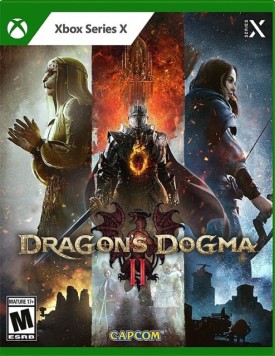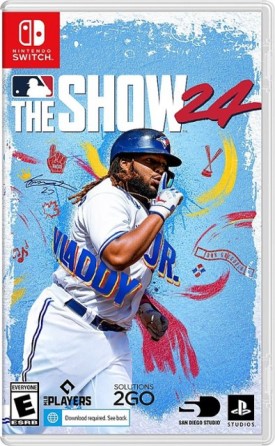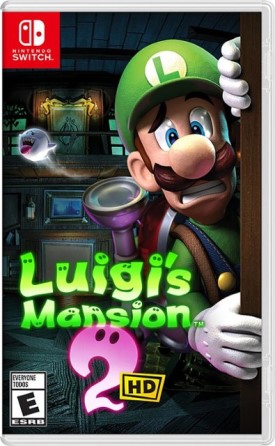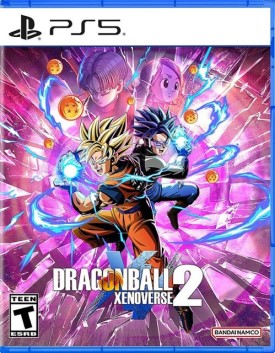Death Stranding is an action video game released in November for PlayStation 4 and directed by acclaimed game designer Hideo Kojima. In the game, players navigate a post-apocalyptic hell where dangerous, zombie-like beach creatures have destroyed most of civilization, leaving only isolated colonies that one must assist and travel between. I haven’t played the game, but I know one thing: The score, composed by Ludvig Forssell for prepared piano, synthesizer, and found percussion, is beautiful.
Video game soundtracks are a marvelous untapped source of experimental instrumental electronica. Intended to complement specific scenes, and designed for rhythmic variety so long-duration players don’t get sick of them, they often hold up better as standalone music than many film scores and experimental electronic albums proper. The context of gameplay encourages compositions that are melodically specific, sharp-edged, and hummable.
Toby Fox’s Undertale, to choose a delightful recent example, abounds with tunelets; whether cheerful, contemplative, mischievous, majestic, or adorable, the melodies burble with playful, baroque intricacy. Paired with Undertale’s imagined fantasy environments, Fox’s pieces play like sequels to Brian Eno’s pastoral ambient meditations — Fox’s “Snowdin Town” and Eno’s “In Dark Trees” both sound exactly like their titles — but Fox’s environments actually exist in digital space, in the game.
Death Stranding isn’t cute or catchy in the same way, relying instead on texture and rhythm that move in slower impressionist waves. Yet these creeping, dissonant pieces conjure dilapidated, menacing environments much in the way Fox’s pieces inhabit friendly ones; imagine the same musical strategy applied to titles like “Claws of the Dead” and “Chiral Carcass Culling.” This is the cyberpunk horror version: where the clanging machinery is coated in rust, always on the verge of a power outage, haunted by ghosts. In Death Stranding’s world, meditation brings to light a lurking subconscious that may well devour you.
Recorded by Forssell and Joel Corelitz on keyboards and a bevy of random, found percussive objects (some from Home Depot!) — pipes, pans, rakes, a paint roller, and metal wires, all adding a sense of peeling decay to the synthesized orchestrations — the Death Stranding soundtrack album divides roughly into three parts, almost like a symphony or a dance mix. The first section is quiet, moody, and ambient, floating in ominously on the breeze. It’s here that the main themes are introduced: daintily, on wispy synthesizers that shudder, dropped like foreboding hints. “Soulless Meat Puppet,” banging away on a murky, out-of-tune harpsichord, is typical. The keyboard arpeggio that anchors the opening, “Once, There Was an Explosion,” swells like a dance hook, but when the beat comes in, the jagged percussion throws it off balance; the piece keeps wobbling, teetering, and reasserting itself with a whoosh.
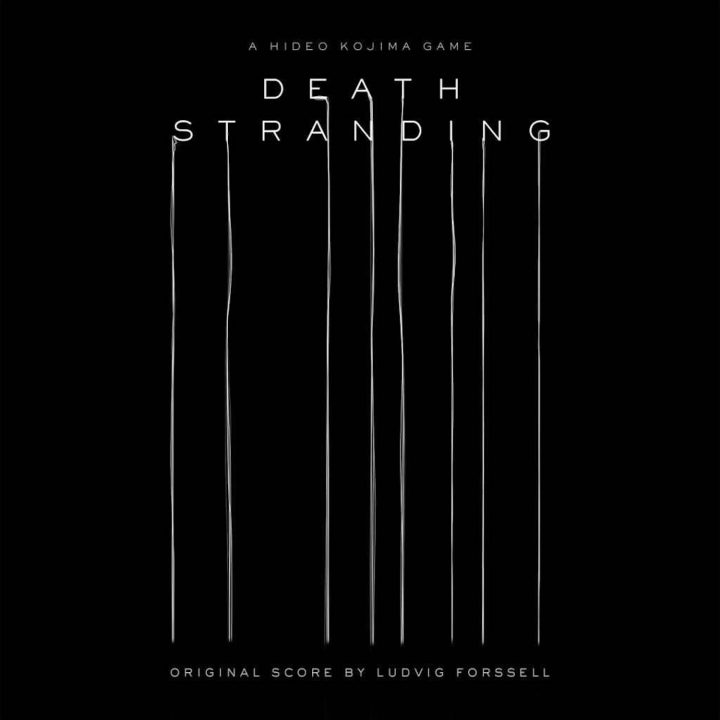 With the second section, the album starts to move and a certain melodrama emerges. These are grander, fuller pieces whose orchestrations aim for epic portent, adding thunderous choral singing (in the style of “O Fortuna,” or the Star Wars “Duel of the Fates” theme) and thick, clomping drums. (During gameplay, these would accompany fight scenes.) “Claws of the Dead” is possessed by chaotic energy; the marching beat remains constant, but the sour strings lurch and reel, driven by escalating tension, while the choir shouts Latinate admonitions. On “Stick vs. Rope,” the echoing voices and percussive scrapes seem to blur, creating a dizzy, claustrophobic space, laden with echo, where textural boundaries are muddled. As usual, the drums are what destabilize the composition, refracting and undercutting the solemnity of the underlying orchestrations. Most hauntingly, “A Final Waltz” returns to the central theme as introduced in “Once, There Was an Explosion,” but mournfully, with a sad, sharp violin adding a stark counterpoint, as if remembering something distant and poignant.
With the second section, the album starts to move and a certain melodrama emerges. These are grander, fuller pieces whose orchestrations aim for epic portent, adding thunderous choral singing (in the style of “O Fortuna,” or the Star Wars “Duel of the Fates” theme) and thick, clomping drums. (During gameplay, these would accompany fight scenes.) “Claws of the Dead” is possessed by chaotic energy; the marching beat remains constant, but the sour strings lurch and reel, driven by escalating tension, while the choir shouts Latinate admonitions. On “Stick vs. Rope,” the echoing voices and percussive scrapes seem to blur, creating a dizzy, claustrophobic space, laden with echo, where textural boundaries are muddled. As usual, the drums are what destabilize the composition, refracting and undercutting the solemnity of the underlying orchestrations. Most hauntingly, “A Final Waltz” returns to the central theme as introduced in “Once, There Was an Explosion,” but mournfully, with a sad, sharp violin adding a stark counterpoint, as if remembering something distant and poignant.
The third section peaks with several furious dance tracks: in “Cargo High,” buzzing synthesizers cut through the murky haze and explode, combining with the drums to form a shifting, pounding bed of melodic electronic rhythm. “Demens” and “Porter Syndrome” maintain this momentum, even as the drums are snipped apart by giant steel scissors. The score ends on a suitably contemplative note, returning briefly to the quietude of the first section before fading into the ether. Was it all a dream?
Death Stranding shares a mood with certain corners of the experimental pop world, which recently has been pervaded by gothic horror tropes thanks to Billie Eilish, Poppy, and the resurgence of emo. Beyond its fixation on soulless meat puppets and such, this genre of music is marked by a proclivity for discrete found sounds, sudden jolts and jitters that are perhaps musical equivalents to jump scares in film. As with Eilish’s fragile, pieced-together exercises in pop morbidity, the Death Stranding score assembles a procession of dissonant splats, metal squeaks and piano clonks and drumclashes, embedded in an electronic haze that is continually disrupted and reassembled.
Similarly, the Death Stranding soundtrack stands as a model of how to bend the language of schlock toward something more unsettling and genuinely weird. Often the most powerful moments are the most superficially corny, especially in the inflated second section: “Claws of the Dead” and “Flower of Fingers” recall the most orotund pseudo-Wagnerian pomp heard through a wind tunnel — mud splattered on the instruments, strings breaking, harmonic progressions jumbled. The album’s sweeping, sneakily anticlimactic arc suggests a grand joke about symphonic structure, receding back into atonal shimmer right when you expect tragic, triumphant closure.
Familiar emotions are uncannily modulated, sentimentality is injected into something sinister — these, too, are common devices in experimental dance music (as well as vaporwave); they aim to depict the breakdown of conventional structures of feeling and hence access previously unattainable raw emotion. Listening to rousing orchestral flourishes turned into queasy abrasive noise produces the same sense of enthralling urgency and mounting panic the flourishes are supposed to on their own, but the panic is heightened by the distortion; it impedes the reassuring knowledge that certain musical conventions will resolve. Instead, these pieces thrash and twirl every which way, propelled in a new direction with each bang of the drums.
Postapocalyptic scenarios, including the Death Stranding game itself, are usually driven by narrative: the world is saved or destroyed. The musical world imagined in Ludvig Forssell’s Death Stranding score is one of gradual, never-ending decay. Grand machines sway, fragile despite their industrial furnishings and capacity for violence, frozen in the endless, mesmerizing moment before everything collapses.



